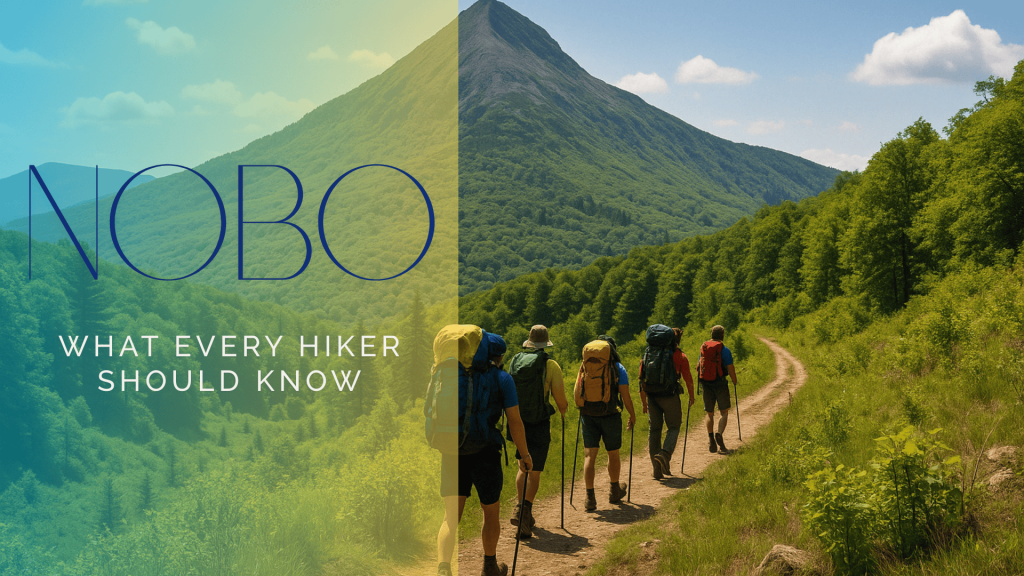Ever heard hikers talk about going “Nobo” and wondered what they meant? This shorthand term holds the key to understanding one of hiking’s most important traditions.
Nobo—short for northbound—isn’t just a direction, it’s an entire approach to tackling America’s greatest long trails. From the Appalachian wilderness to the Pacific mountains, thousands of hikers each year choose this south-to-north journey, creating a moving community and shared experience unlike any other outdoor pursuit.
The choice between heading north or south shapes everything from when you start hiking to who you’ll meet along the way.
Let’s walk through what makes Nobo hiking special, why most long-distance hikers choose this path, and what you should know before planning your own northbound adventure.
What is Nobo in Hiking?
Hikers have their own special language, and “Nobo” is a key term you’ll hear on major trails across America. Simply put, Nobo means a Northbound hiker – someone who walks a long trail from South to North.
This direction choice impacts everything from when you start your hike to the people you’ll meet along the way. Understanding this term is your first step into the rich culture of long-distance hiking.
The Basics of Northbound Hiking
- Nobo = North + Bound = Going north on a trail
- Most popular on paths like the Appalachian Trail, Pacific Crest Trail, and Continental Divide Trail
- Typically starts at southern points (like Springer Mountain for AT hikers)
- Ends at northern points (such as Mount Katahdin on the AT)
The word might sound like insider talk, but it’s just a handy shortcut used by the hiking community. When someone says they’re “hiking Nobo,” they’re telling you about their chosen direction, not a special technique or gear.
Why Direction Matters
Walking north isn’t just about compass points – it shapes your whole hiking story:
| SEASON PATTERNS | TRAIL COMMUNITY | TERRAIN CHALLENGES |
|---|---|---|
| Start in Spring, Finish in Fall | Meet Fellow Hikers Going the Same Way | Tackle Easier Terrain First, Building Strength for Harder Sections |
| Avoid Extreme Weather | Form “trail Families” with Similar Pace Hikers | Face Changing Conditions as You Move North |
The choice to go Nobo affects when you start, who you meet, and what challenges you face along your journey. It’s more than just a direction – it’s a decision that shapes your entire hiking experience.
Where Did Nobo Originate?
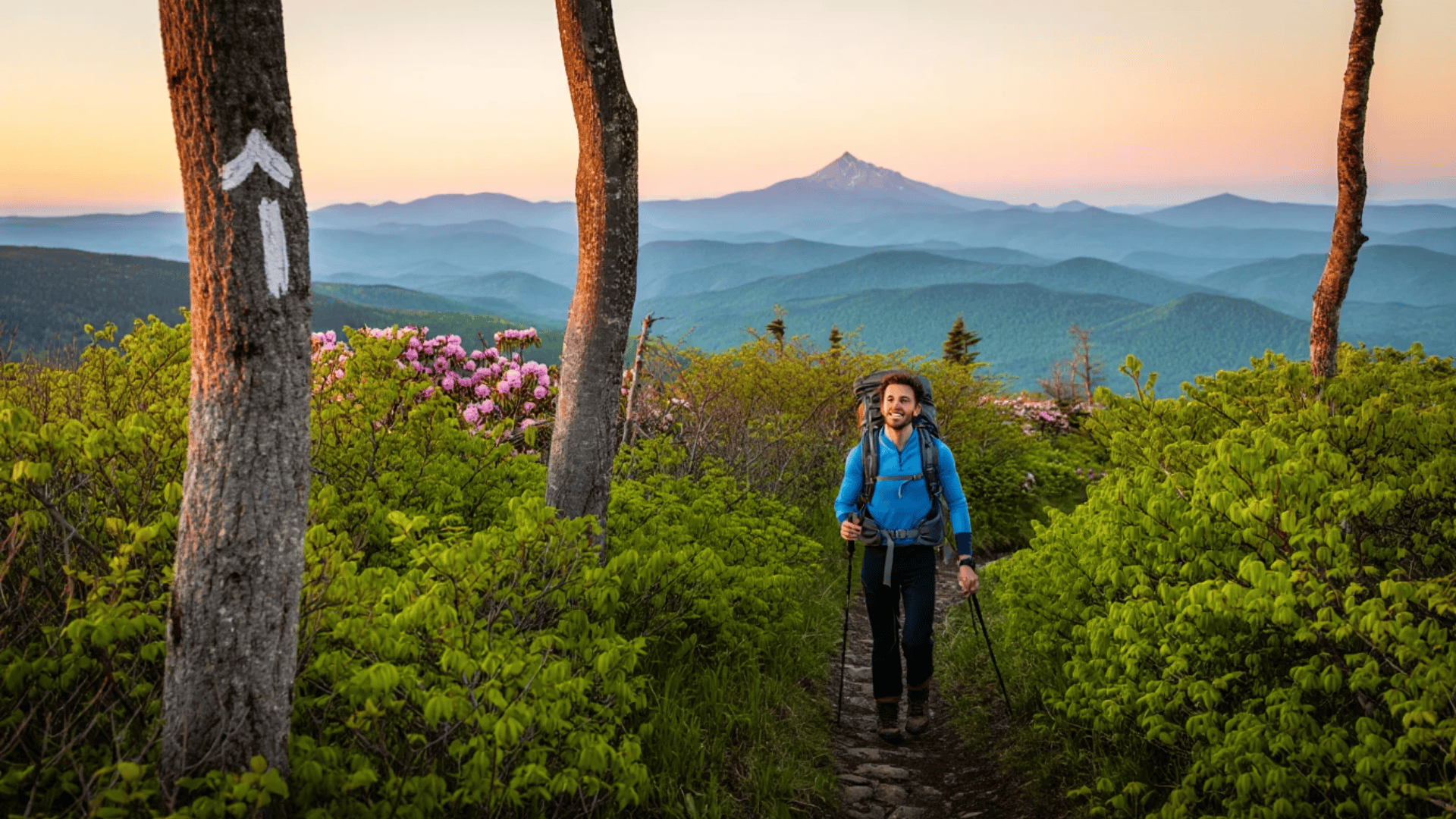
The term “Nobo” came about naturally among hikers on the Appalachian Trail (AT) as a quick way to describe their north-facing journey. Back in the 1930s, when the AT was completed, most hikers walked south to north, but they didn’t have a special name for it yet.
As more people attempted the full 2,190-mile path from Georgia to Maine, hikers needed simple terms to describe their routes.
By the 1970s, with the growing popularity of thru-hiking (completing the entire trail in one go), “Nobo” became common trail talk.
The term solidified as the community grew and more hikers shared their experiences in journals and gatherings.
- The weather works in your favor (spring in the south, summer in the north)
- The southern part has milder terrain to help new hikers build strength
- Trail support systems are better set up for the south-to-north flow
- The natural ending at Mount Katahdin provides a dramatic finish line
This naming convention eventually spread to other famous long-distance trails across the country as the hiking community expanded and shared their knowledge.
The Popularity of Nobo Hikers

Most thru-hikers choose the northbound route for practical reasons that have stood the test of time. The pattern became firmly established during the hiking boom of the 1990s and early 2000s.
By the 1990s, about 80% of AT thru-hikers were going northbound. This overwhelming preference created a strong tradition that newer hikers typically follow when planning their first long trek.
The rise of hiking guides and online communities further strengthened this tradition, with most resources focused on planning for the Nobo experience. Trail towns along major routes have also adapted their services to match the flow of northbound hikers.
Advantages of Hiking Northbound

Starting your hike going north offers several key benefits that make it the top choice for most first-time long-distance hikers. These advantages have been proven through decades of hiker experiences.
Physical Advantages
The physical benefits of heading north are significant and practical for most hikers who want to complete the entire trail.
- Body Conditioning: Begin with gentler southern terrain while your body adjusts to daily hiking
- Weather Timing: Start in spring warmth and finish before fall snow in the northern mountains
- Natural Progression: Face the hardest climbs after months of hiking have built your strength
This approach allows your body to gradually build the necessary strength and endurance. Many hikers who try to tackle difficult sections too early risk injury or burnout.
Social Benefits
Your northbound journey comes with built-in friendship opportunities that enhance the overall experience beyond just the physical act of hiking.
- Most hikers start within a few weeks of each other, creating a moving community.
- Shared campsites and shelters lead to natural friendships.
- Trail towns prepare for the “hiker bubble” with well-timed events and support.
- Experienced hikers often help newcomers learn trail skills and culture.
Many hikers say the people they meet become the most memorable part of their journey. Going Nobo puts you in the mainstream of hikers, increasing your chances of making lasting connections on the trail.
Disadvantages of Hiking Nobo

While going north has many benefits, it also comes with some notable drawbacks that hikers should consider before making their decision. Understanding these challenges helps set realistic expectations.
- Crowded trails: The “bubble” of hikers can mean 50+ people arriving at popular campsites
- Limited solitude: Finding quiet moments can be difficult during peak season
- Shelter competition: First-come, first-served shelters fill quickly during storms
- Permit challenges: Popular areas like the Smokies can have complicated reservation systems
Competition for resources extends beyond just camping spots to include hostels, shuttles, and even spots at popular trail towns. Some hikers report waiting hours for services during peak season.
Environmental Impact
The concentration of hikers moving north creates specific environmental pressures on the trail and surrounding ecosystems.
- Trail erosion: Heavy foot traffic damages trail surfaces, especially in wet conditions
- Campsite degradation: Popular sites expand as hikers search for tent spots
- Wildlife disruption: Animals may alter their behavior due to constant human presence
- Water source pressure: Springs and streams near shelters see heavy use
The physical challenges also increase as you move north, meaning you’ll face the hardest terrain when you’re most likely to be tired from months of hiking.
Planning Your Nobo Hike
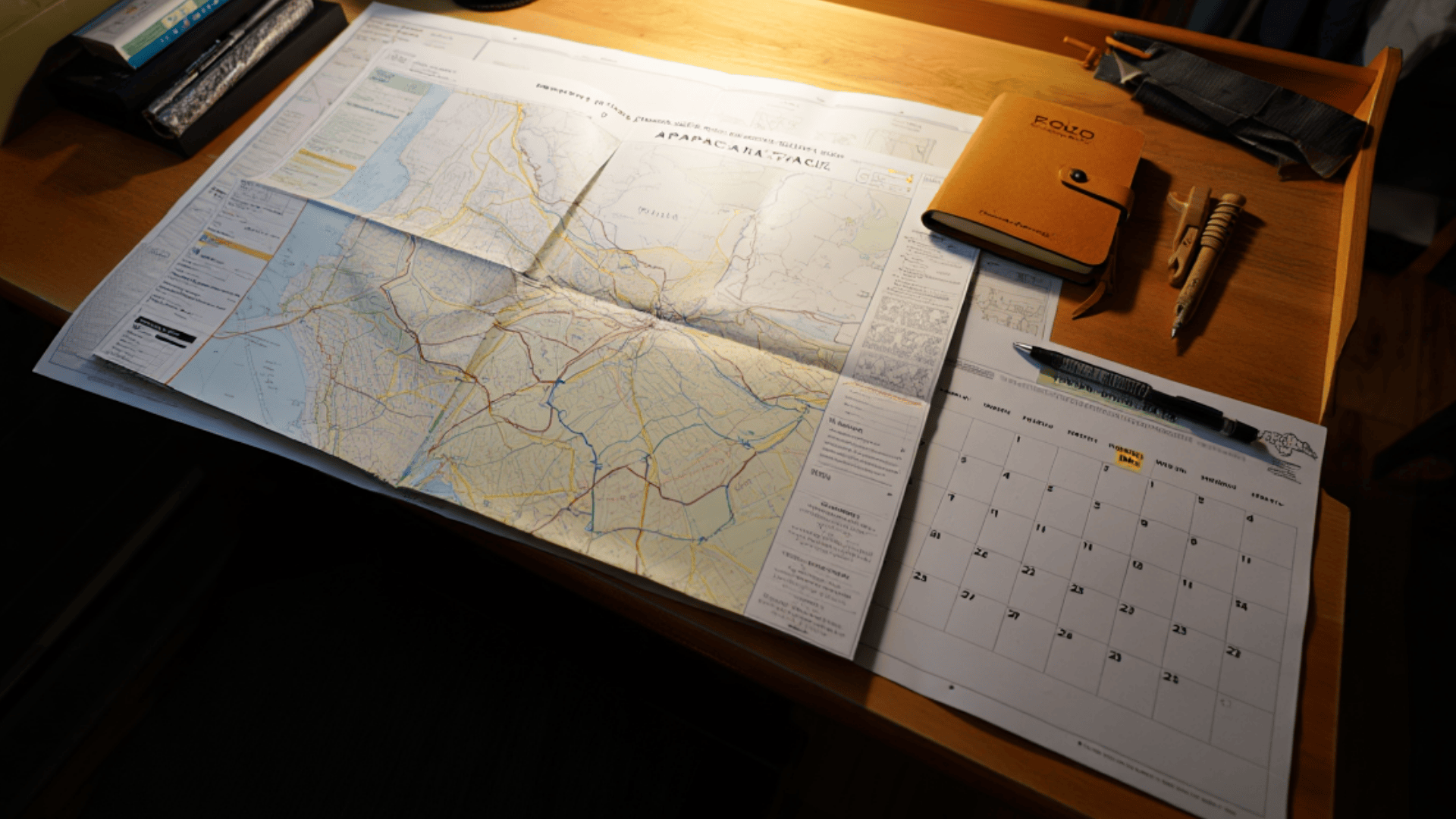
Successful northbound hiking requires careful preparation, often beginning months before you set foot on the trail. The planning phase is crucial for both safety and enjoyment.
- Timing: Plan your start date (typically March-April for AT, April-May for PCT)
- Permits: Research and obtain necessary wilderness and camping permits
- Training: Begin physical conditioning at least 3 months before starting
- Finances: Budget for 5-7 months of expenses without regular income
- Logistics: Arrange transportation to the trailhead and from the endpoint
The timing of your start date is particularly important. Starting too early means facing cold weather and potential snow; too late means racing against winter at the northern end.
What to Pack for Nobo Hiking
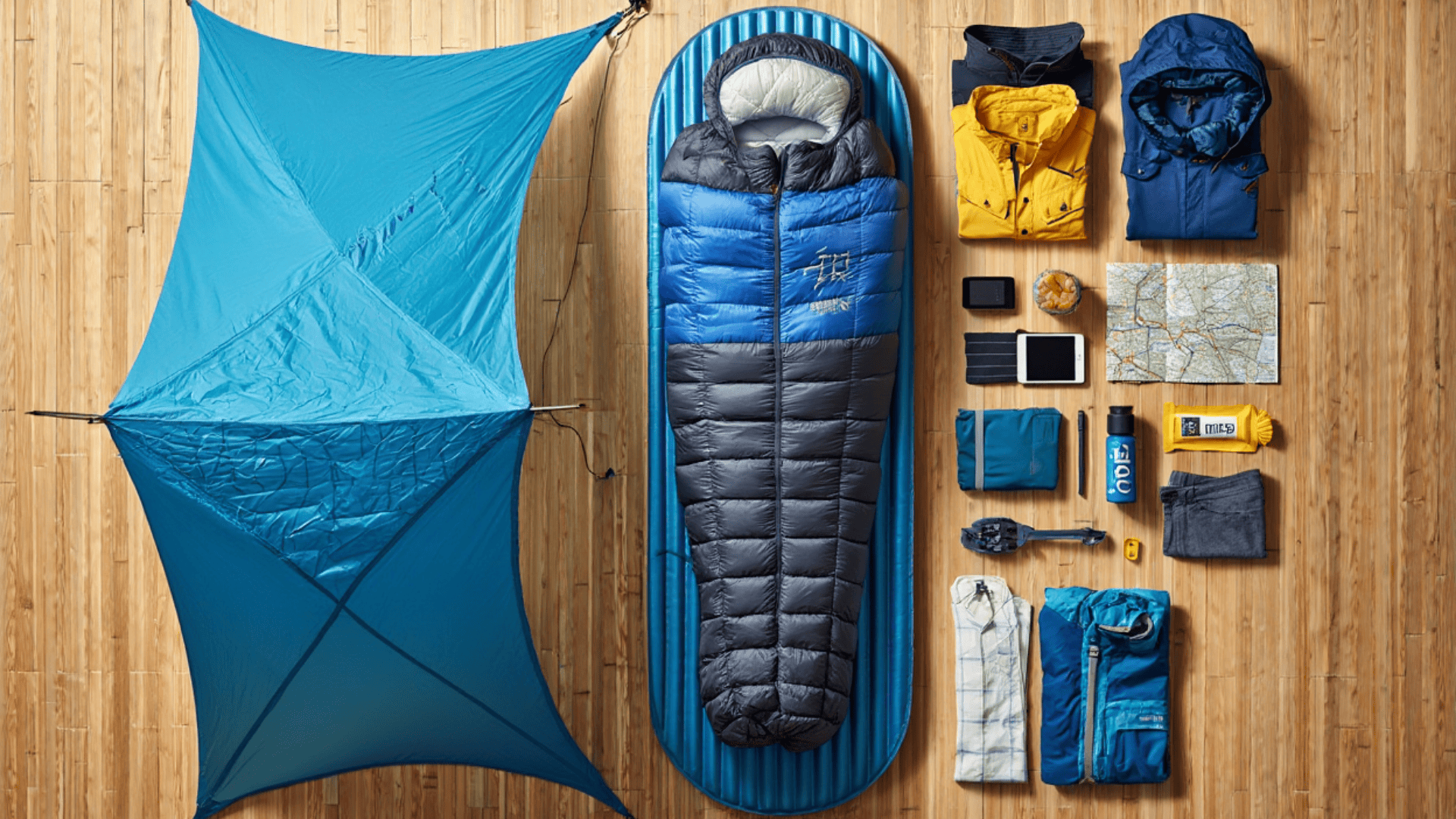
Your gear choices can make or break your hiking experience. For northbound hikers, versatility is key as you’ll encounter changing seasons and conditions.
- Shelter: Lightweight tent or hammock system with rain protection
- Sleep system: Sleeping bag rated for expected temperatures + sleeping pad
- Kitchen: Stove, pot, fuel, water filtration, food storage
- Clothing: Moisture-wicking layers, rain gear, insulation, minimal extras
- Footwear: Trail runners or hiking boots + camp shoes
- Navigation: Maps, compass, guidebook, and/or digital navigation tools
- First aid: Basic supplies, personal medications, foot care items
Remember that you’ll likely adjust your gear as you learn what works best for your hiking style and body needs.
Many hikers ship seasonal items ahead or home as needed rather than carrying everything the entire way. This strategy helps manage weight while ensuring you have appropriate gear for changing conditions.
Trail Communities and Camaraderie

The social dimension of northbound hiking often surprises first-timers who expected a solitary wilderness experience. Instead, they find a moving community with its own customs and culture.
- Trail names: Hikers often adopt trail-specific nicknames that reflect their personality or experiences
- Trail families: Natural groups form among hikers moving at similar paces
- Shared milestones: Celebrating achievements like state crossings or reaching midpoints
- Trail magic: Random acts of kindness from “trail angels” and former hikers
The concept of “trail magic” – unexpected kindness from strangers – represents the special relationship between hikers and supporters.
It might be anything from a cooler of cold drinks left at a road crossing to a local offering rides into town.
Interactions with Fellow Hikers and Locals
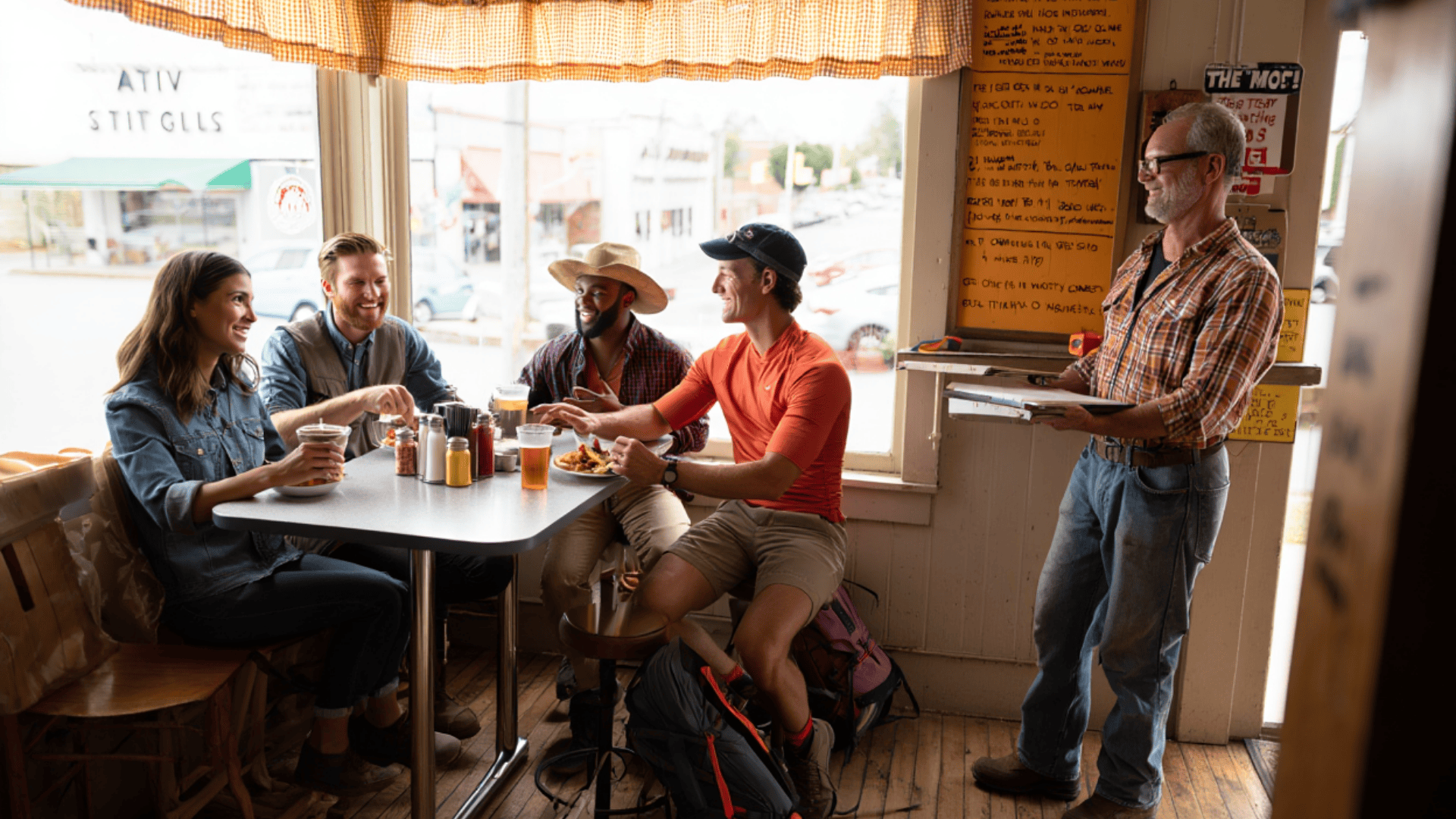
The connections made on the trail extend beyond just other hikers to include local communities along the route. These interactions add richness to the hiking experience.
- Town visits: Resupply stops become social events when the hiking community converges
- Local knowledge: Townspeople often offer valuable advice about upcoming trail sections
- Cultural exchange: Hikers and locals share perspectives and experiences
- Support networks: Business owners, trail maintainers, and volunteers create a safety net
Many hikers report that their perception of human kindness fundamentally changed after experiencing the generosity of strangers along their journey north.
Top Trails for Nobo Hiking
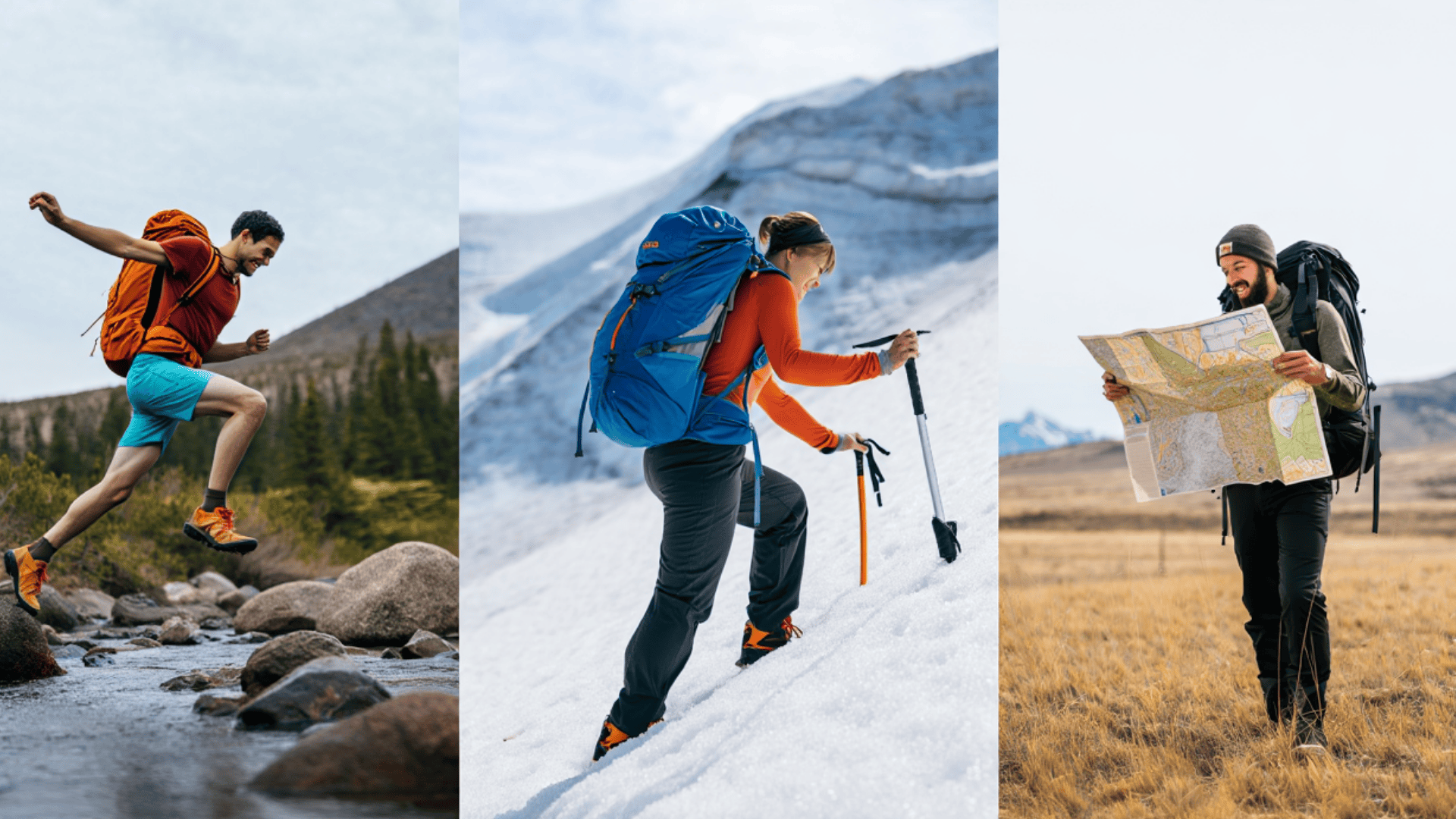
While northbound hiking happens on trails worldwide, three major American trails have defined the experience and culture of long-distance hiking.
Each of these iconic paths offers a unique journey through diverse landscapes and environments.
The differences between these trails help hikers choose which path best matches their skills and interests. Understanding these distinctions is important for proper planning.
| TRAIL | LENGTH | STARTING POINT | ENDING POINT | AVERAGE COMPLETION TIME | BEST START WINDOW |
|---|---|---|---|---|---|
| Appalachian Trail (AT) | 2,190 Miles | Springer Mountain, GA | Mount Katahdin, ME | 5-7 Months | March-April |
| Pacific Crest Trail (PCT) | 2,650 Miles | Mexican Border Near Campo, CA | Manning Park, Canada | 4-6 Months | April-May |
| Continental Divide Trail (CDT) | 3,100 Miles | Crazy Cook Monument, NM | Waterton Lakes, Canada | 5-7 Months | April-June |
These trails form the “Triple Crown” of American hiking, with each presenting different challenges for northbound hikers.
The Appalachian Trail remains the most popular and accessible, with well-developed infrastructure and proximity to population centers.
The PCT offers more dramatic elevation changes and remote beauty, while the CDT presents the most rugged and challenging experience.
Hiker Tales and Community Culture
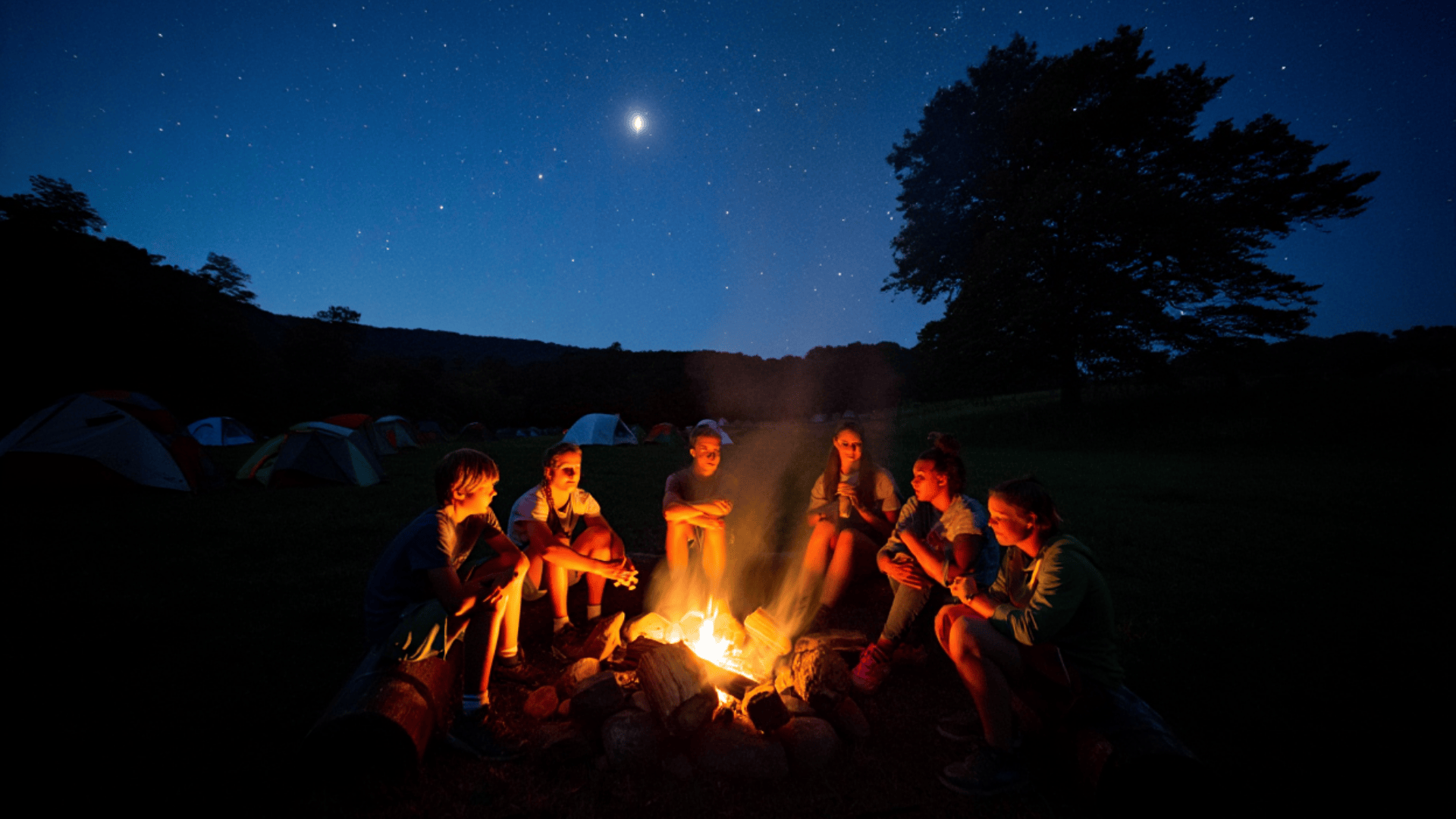
The stories that emerge from northbound journeys become part of the rich oral history of long-distance hiking. These shared experiences help connect generations of hikers.
- Personal growth: Stories of overcoming limits and finding inner strength
- Unexpected moments: Wildlife encounters, weather challenges, and sublime experiences
- Community bonds: Friendships forged through shared hardship and joy
- Life changes: Career shifts, relationship developments, and new perspectives
Online forums, books, and trail gatherings keep these stories alive, inspiring new hikers to begin their own journeys.
The culture continues to evolve as technology changes how hikers communicate and document their experiences, but the essence of northbound hiking remains consistent: a journey of physical challenge, natural beauty, and human connection.
That’s a Wrap
Nobo hiking offers more than just a direction—it provides a framework for an unforgettable journey through America’s most breathtaking landscapes.
The northbound path brings together practical benefits like ideal weather timing with rich social connections that often last long after the trail ends. While crowds and competition for resources present real challenges, most hikers find that the community aspect outweighs these downsides.
The tradition continues because it works: starting in the south builds both physical stamina and trail knowledge gradually, setting hikers up for success.
For many, that final summit at the northern terminus becomes more than a geographic endpoint—it marks a personal milestone and the culmination of a life-changing experience that begins with a simple decision: to go Nobo.
Visit us again for fresh travel inspiration, helpful guides, and expert tips.

